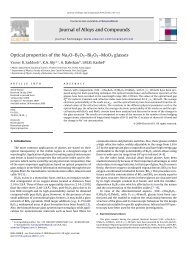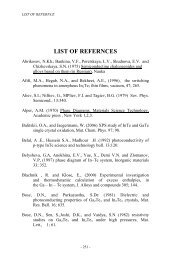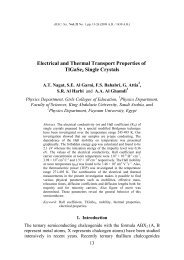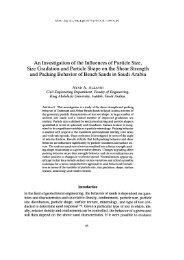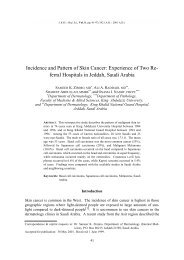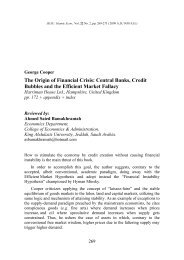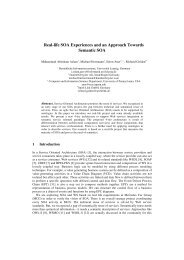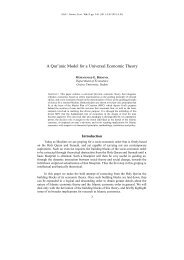Fundamental Organic Chemistry
Fundamental Organic Chemistry
Fundamental Organic Chemistry
You also want an ePaper? Increase the reach of your titles
YUMPU automatically turns print PDFs into web optimized ePapers that Google loves.
Steps in Crystallization:<br />
1) Dissolving the compound. The first step in crystallization is dissolving<br />
the compound in a minimum amount of the appropriate hot solvent in an<br />
Erlenmeyer flask. An Erlenmeyer flask is used instead of a beaker or other<br />
container for several reasons. The solution is less likely to splash out and dust is<br />
less likely to get in.<br />
Safety Note:<br />
Toxic solvents should be heated only in a hood.<br />
2) Filtering insoluble impurities. Filtering a hot, saturated solution<br />
inevitably results in cooling and in evaporation of some of the solvent. Therefore,<br />
a premature crystallization of the compound on the filter paper and in the funnel<br />
may be observed. A few precautions can minimize this premature crystallization.<br />
3) Crystallizing the compound. Cover the flask containing the hot, saturated<br />
solution with a watch glass or inverted beaker to prevent solvent evaporation and<br />
dust contamination.<br />
4) Isolation the crystals. Crystals are separated from their mother liquor by<br />
filtration.<br />
Suggested experiments:<br />
Crystallize one of the following compounds from the indicated solvents:<br />
1) benzoic acid from water .<br />
2) Acetanilide from water . 3) Naphthalene from 95% ethanol .<br />
14




